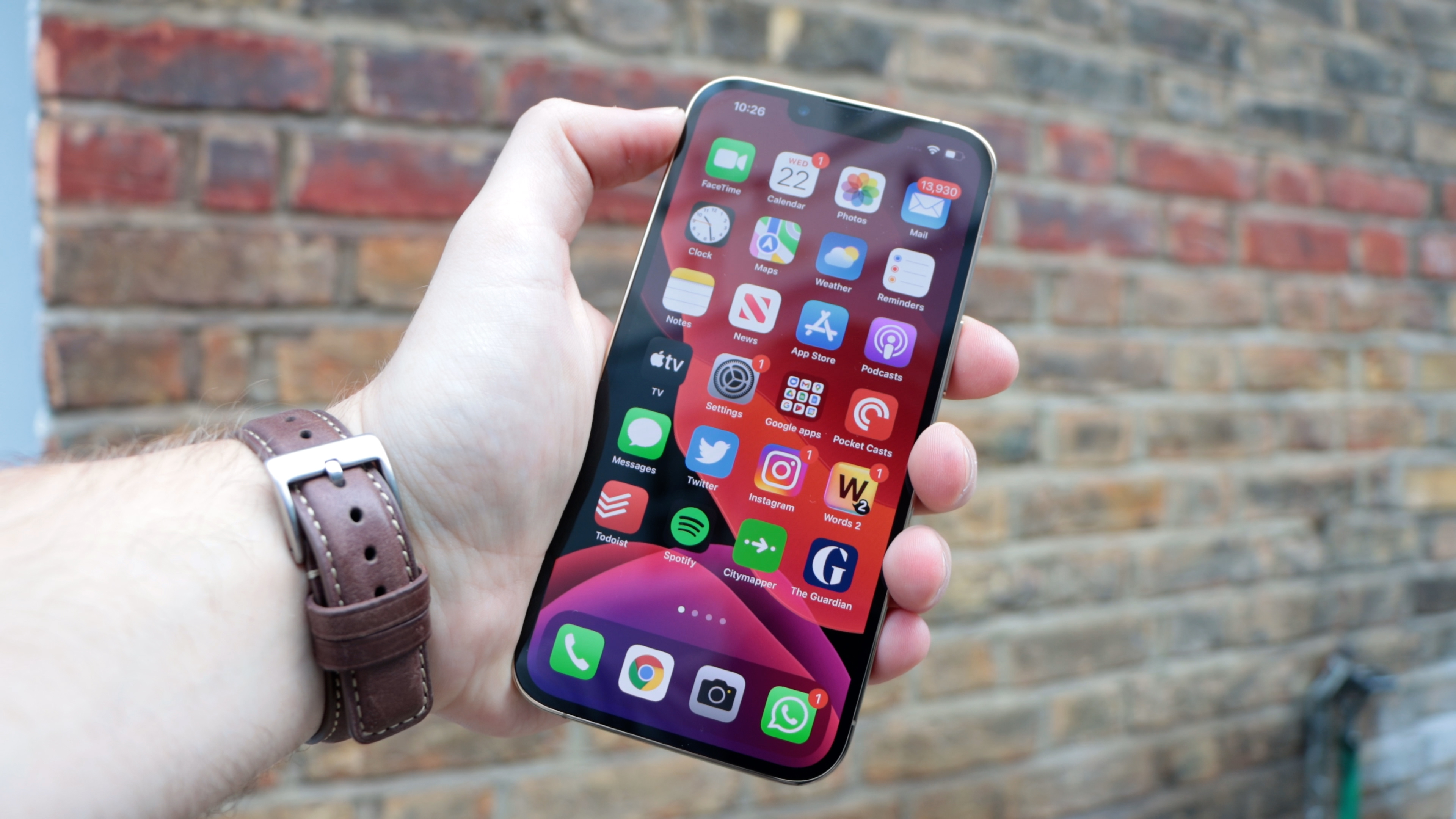Major iPhone 13 chip shortage reportedly forcing Apple to slash 10 million iPhones
The chip shortage strikes again

The iPhone 13 release window might be affected by the global chip shortage after all: a new report suggests Apple has cut its production expectations by up to 10 million units due to production issues stemming from a lack of components.
While the ongoing chip shortage caused by the impact of the Covid pandemic has affected the PS5 restocks, cars and other phones, we hadn’t heard whether it would affect the iPhone 13.
But while Apple was expecting to produce 90 million of the phones (including the iPhone 13, iPhone 13 mini, iPhone 13 Pro, and iPhone 13 Pro Max), its suppliers Broadcom and Texas Instruments have struggled to provide components, sources told Bloomberg.
The biggest focus of the global chip shortage has been on supply shortages for Nvidia GPU stock as well as the PS5 and Xbox Series X stock.
But this new report explains how much farther afield the issue ranges: for the iPhone 13, Broadcom supplies wireless components while Texas Instruments provides display parts, per Bloomberg. And those are reportedly not the only suppliers struggling to get Apple enough components.
So how would 10 million fewer iPhones affect Apple?
While production doesn’t precisely equal sales, phone shipments are shorthand for success, and having 10 million fewer iPhones can put a serious dent in Apple’s bottom line. But it’s important to put this in context, especially given how many numbers are thrown around. The short answer is up to $7.2 billion in lost sales going by last year's numbers – read on for how we got there.
In years past, the months after a new iPhone launches will see the most sales all year: the end of 2020 (which Apple loops in with early January on its financial calendar, making this Q1 2021) saw a record $65 billion in iPhone sales. Companies are notoriously shy about listing units sold in their reports (unless they choose to disclose them as bragging points in press releases), but research firm IDC estimated Apple shipped 90.1 million iPhones in that period, according to CNBC.
Sign up for breaking news, reviews, opinion, top tech deals, and more.
If Apple had shipped 10 million fewer iPhones in that period, which is about 11%, napkin math suggests it could have dropped sales by $7.2 billion. That’s a wide guess, of course, and doesn’t reflect whether consumers would settle for an iPhone shipped later rather than giving up if they can’t open one up over the holidays.
It also doesn’t reflect the iPhone line’s record sales through the entirety of the 2021 fiscal year: Q1 2021 iPhone sales were up 18% over Q1 2020, growing in Q3 2021 to a staggering almost 50% increase over Q3 2020 sales (per Apple’s earnings reports for Q1 2021 and Q3 2021, respectively). In other words, we’re on track for another record year of iPhone sales during the holiday season, and 10 million fewer iPhones in stores or online could put a big dent in Apple’s biggest sales period ever.
We’ll have to wait for guidance from Tim Cook and other Apple executives when the company announces its Q4 2021 earnings on October 28, 2021.
- iPhone 13: the best Apple flagship yet

David is now a mobile reporter at Cnet. Formerly Mobile Editor, US for TechRadar, he covered phones, tablets, and wearables. He still thinks the iPhone 4 is the best-looking smartphone ever made. He's most interested in technology, gaming and culture – and where they overlap and change our lives. His current beat explores how our on-the-go existence is affected by new gadgets, carrier coverage expansions, and corporate strategy shifts.